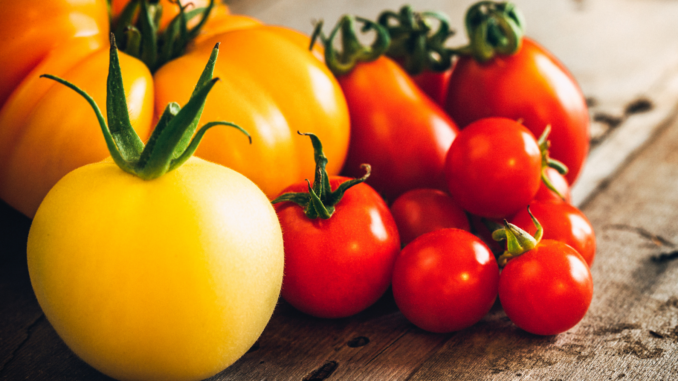
Bryan Fischer | Gardens on Spring Creek
Making one’s way through a seed catalog can be exciting, yet daunting. Sifting through what is worth your time and what is little more than good marketing is an essential part of a successful season. This proves especially true for those of us who are transplants: I remember my mom bemoaning the harshness of our region while she gardened more regularly. Growing up in southeastern Minnesota’s farm country, glacially-deposited loam soils and regular rains meant “you stick it in the ground, walk away and it grows”. Unfortunately, that’s not the case on the Front Range.
We receive about 14 inches of precipitation annually in the Fort Collins area. Much of this is as snow in spring with a bit more as monsoon-type rains in mid-late summer. As a result, underwatering is one of the most common hindrances to successful veggie gardening here. If in doubt, water deeply and frequently.
Our growing season for warm-season crops averages about 140 days. On either side of it, in spring and fall, the weather is unpredictable. For warm-season crops, like tomatoes, peppers, squash, and beans, aim for cultivars with shorter days to maturity ratings and mentions of vigor/adaptability. Determinate tomatoes and bush beans (indicated in catalog description) will ripen their crop in a large flush, while indeterminate tomatoes and vine beans will ripen their crops gradually over a longer period of the season.
While summer days may get hot, we often cool significantly at night due to our high elevation climate. Pepper and tomato varieties with smaller fruits or shorter days to maturity are more reliable in our climate than long-season or large-fruited counterparts. Be sure to transplant warm-season crops beginning in mid-May – our season is too short to direct sow them.
In some crops, like tomatoes, disease resistance can be a major asset. A four-year crop rotation scheme can mitigate some issues here, as can choosing varieties bred for disease resistance. Such varieties will be indicated with acronyms in their catalog descriptions.
Cool-season crops, like leafy greens, root vegetables, and peas, grow easily here, both in spring and fall. The key for most cool-season crops is to grow them from late April to early June and have them out of the garden before summer heat hits. A fall crop is achievable, too, if planted in late summer and grown through October.
When selecting cool-season crops, pick varieties with heat and bolt (early flowering, which ruins flavor) resistance in case of early warm spells. The use of floating row cover can both allow for earlier planting in spring and later harvest of these crops in fall.
Too often it’s easy to grow something “just ‘cause”, only to find yourself, ding-dong-ditching friends, with baseball-bat-sized zucchini by August, or worse, without anything to show for it. A favorite piece of advice that informs my vegetable gardening was one I received from my coworker, Mary Miller: “grow what you will eat.” Not only will you enjoy the harvest, but you can avoid the shame of burdening those you love with an overabundance of a vegetable that tastes like a wrung-out sponge. Happy gardening!
Support Northern Colorado Journalism
Show your support for North Forty News by helping us produce more content. It's a kind and simple gesture that will help us continue to bring more content to you.
BONUS - Donors get a link in their receipt to sign up for our once-per-week instant text messaging alert. Get your e-copy of North Forty News the moment it is released!
Click to Donate
